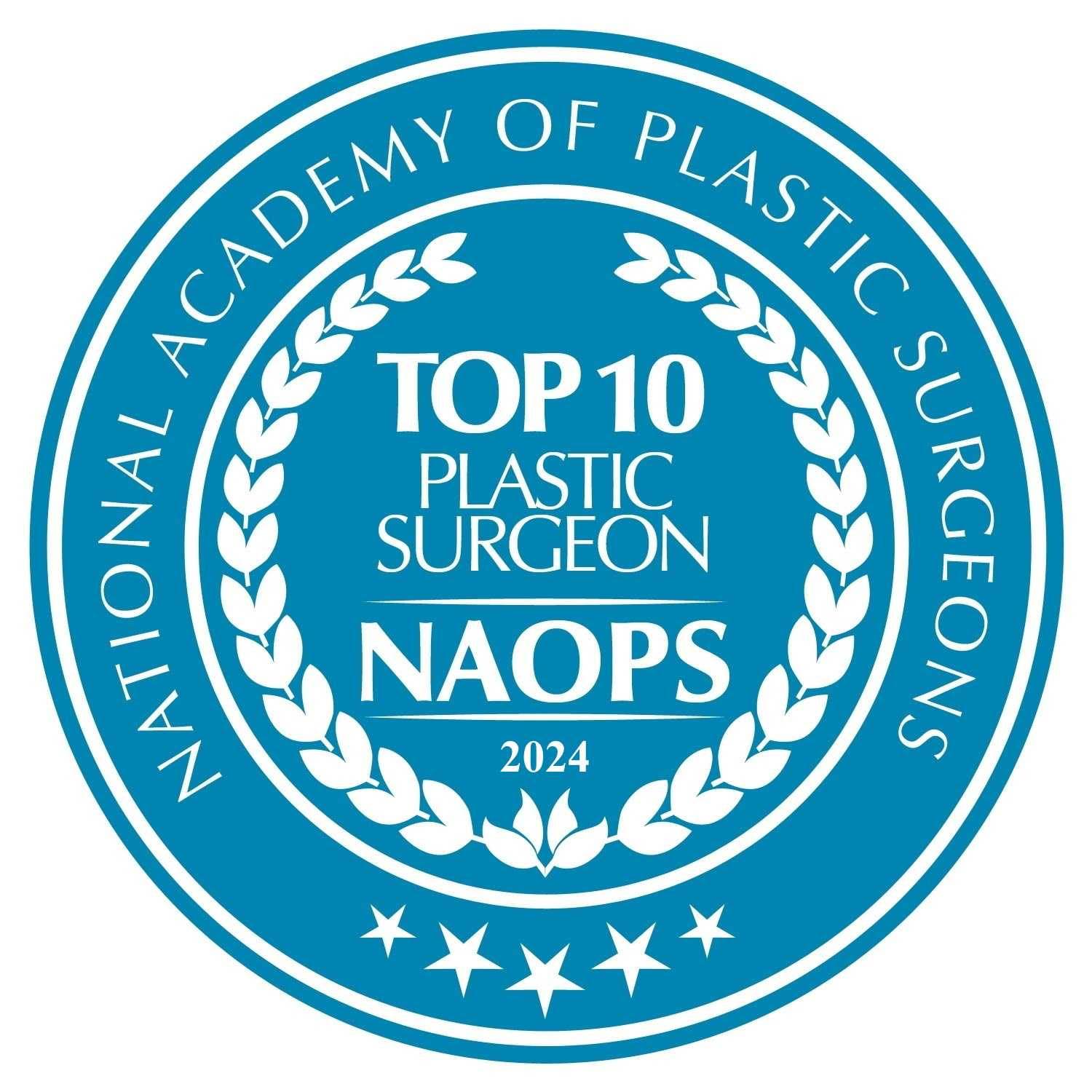Ear Pinning Surgery

If You’re Considering Ear Surgery…
If you are personally contemplating cosmetic ear surgery for yourself or your child, the following information has been provided to offer you a basic understanding of the procedure. This information covers when the surgery can help, how it is performed, and what results can be expected. Be sure to ask Dr. Leonard any other questions you may have because every surgery is different.
All Surgery Carries Some Uncertainty and Risk
Planning For Surgery
During the first meeting, Dr. Leonard will assess the patient’s complaints, and recommend the most effective method of action. Dr. Leonard will also give you detailed directions on how to prepare for the operation.
Where The Surgery Will Be Performed
Types of Anesthesia
Dr. Leonard will typically recommend general anesthesia so that the patient can sleep through the operation.
The Surgery
A different technique involves a similar incision in the back of the ear, but with this technique, skin is removed. Also, stitches are used to fold the cartilage back on itself to reform the ear without taking away any cartilage. In typical surgeries, there will only be a faint scar on the back of the ear left. The scar will generally fade with time. It should be acknowledged that even if only one ear appears to need the operation, Dr. Leonard will usually perform the procedure both ears for a more even appearance.
Getting Back to Normal
Soon after the healing begins, the bandage will be replaced with a smaller one and the stitches will either be removed or dissolve after about a week. Patients should always follow Dr. Leonard’s directions for the healing process. Any activities where your ear could be bent should be avoided for at least a month. Adults can usually return to work about five days later, and children can go back to school after a week. Kids must still be careful about playground activity, sports or any other events that could damage the ear. Adult supervision should be extra important after the child’s surgery.
Other Ear Problems
More Natural-Looking Ears
Contact Leonard Plastic Surgery
Leonard Plastic Surgery
Water Place │ 500 Liberty Street S.E., Suite 400 │ Salem, OR 97301
(503) 391-2760 │leonardplasticsurgery@gmail.com





